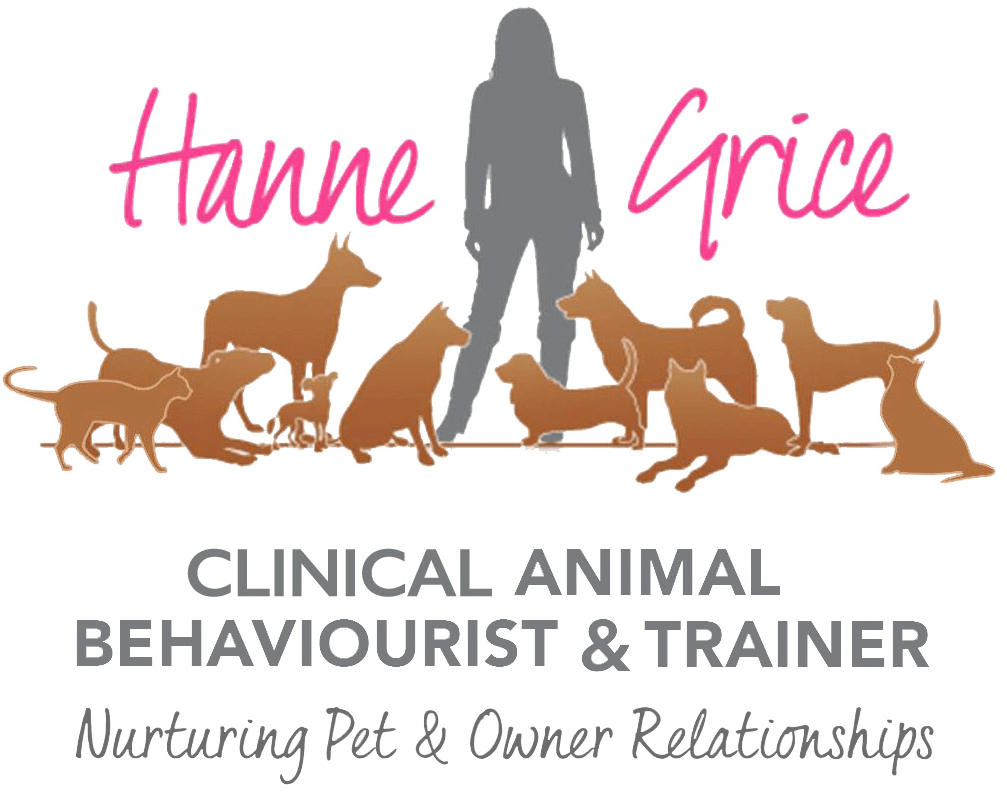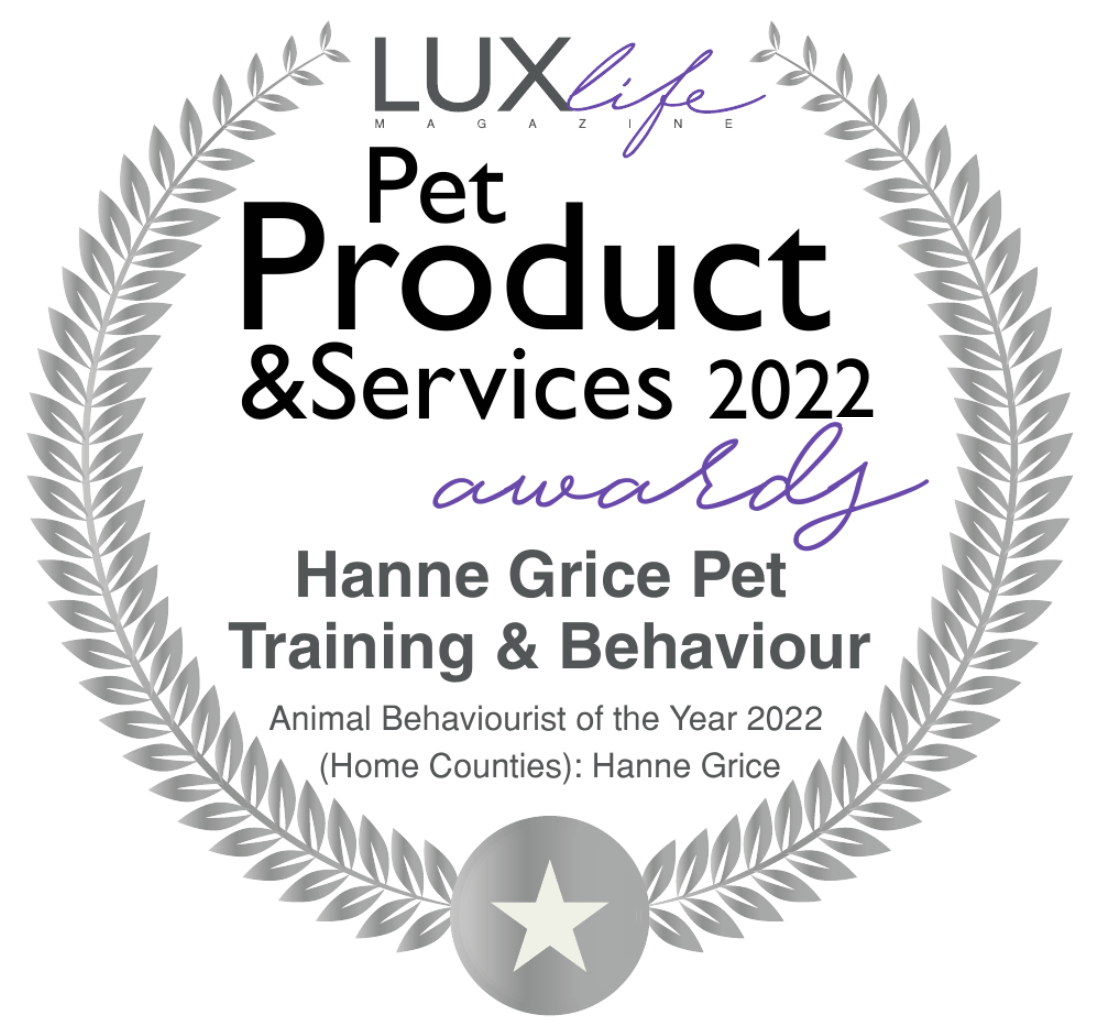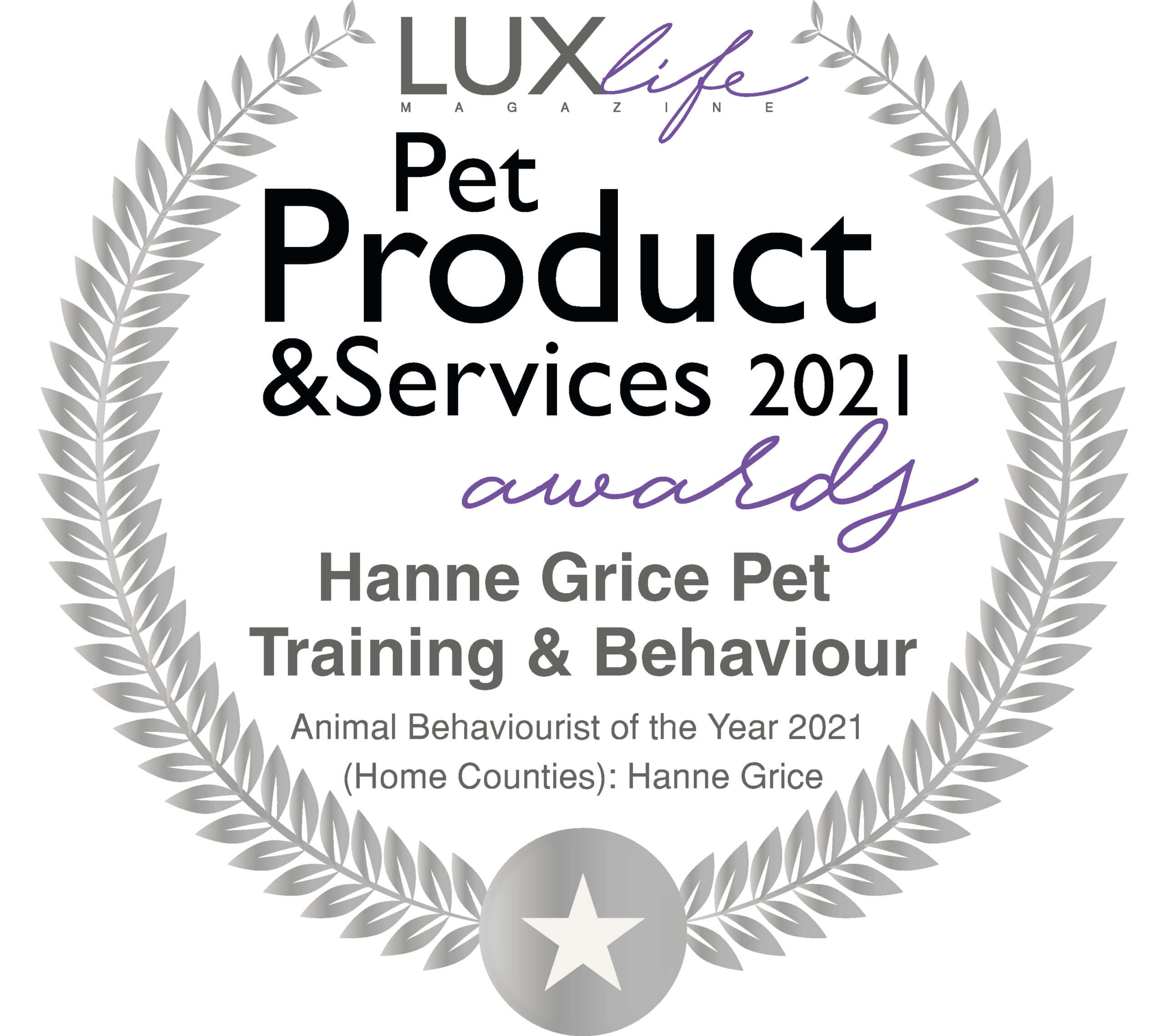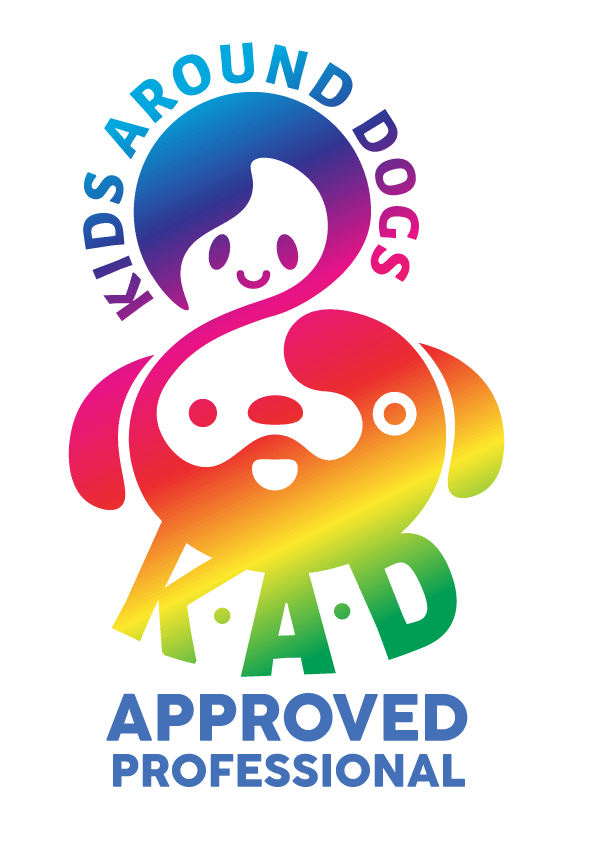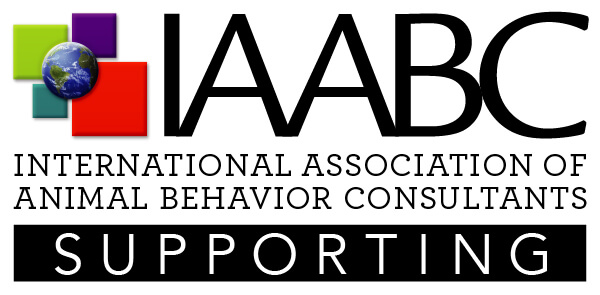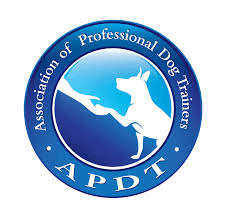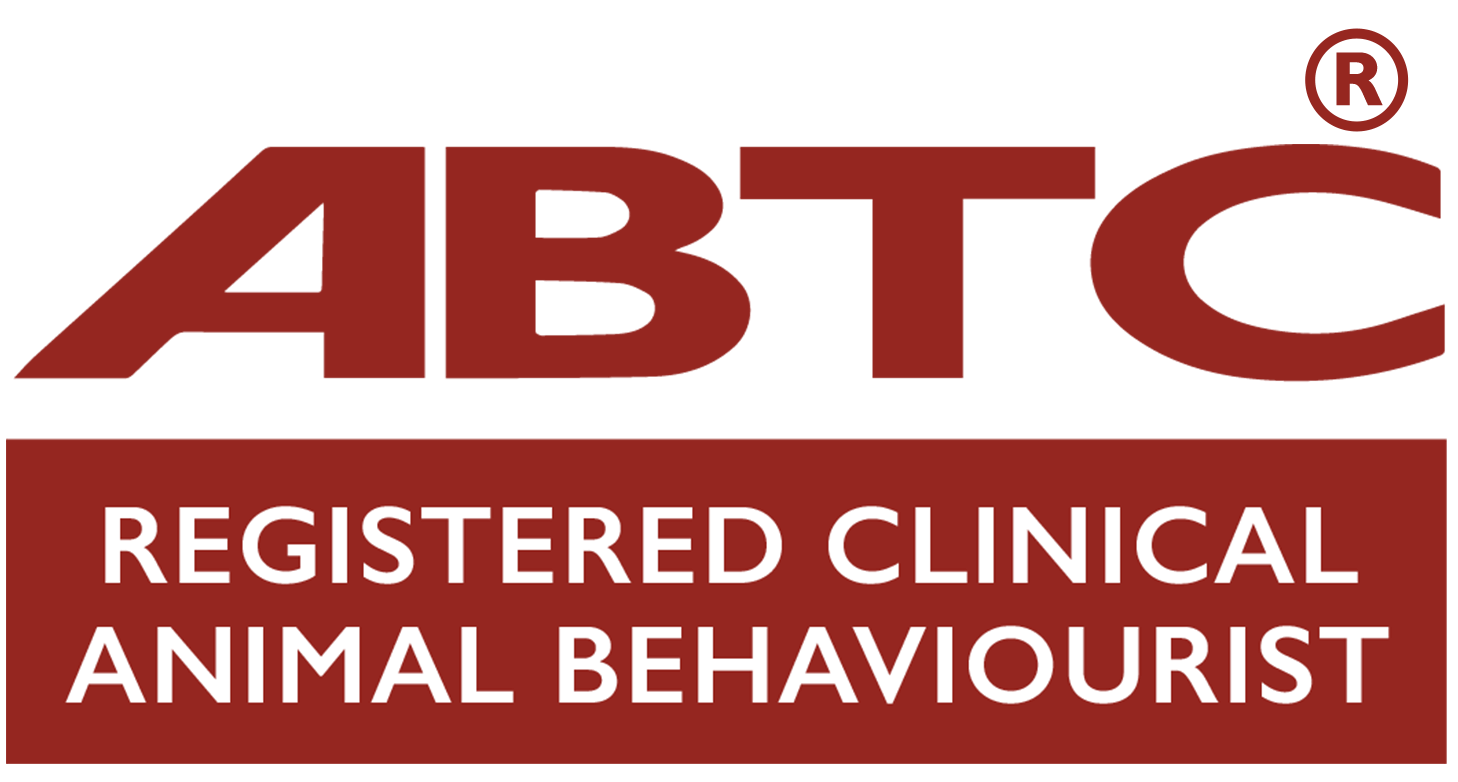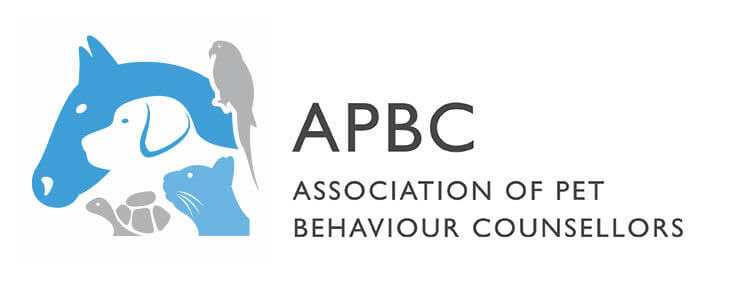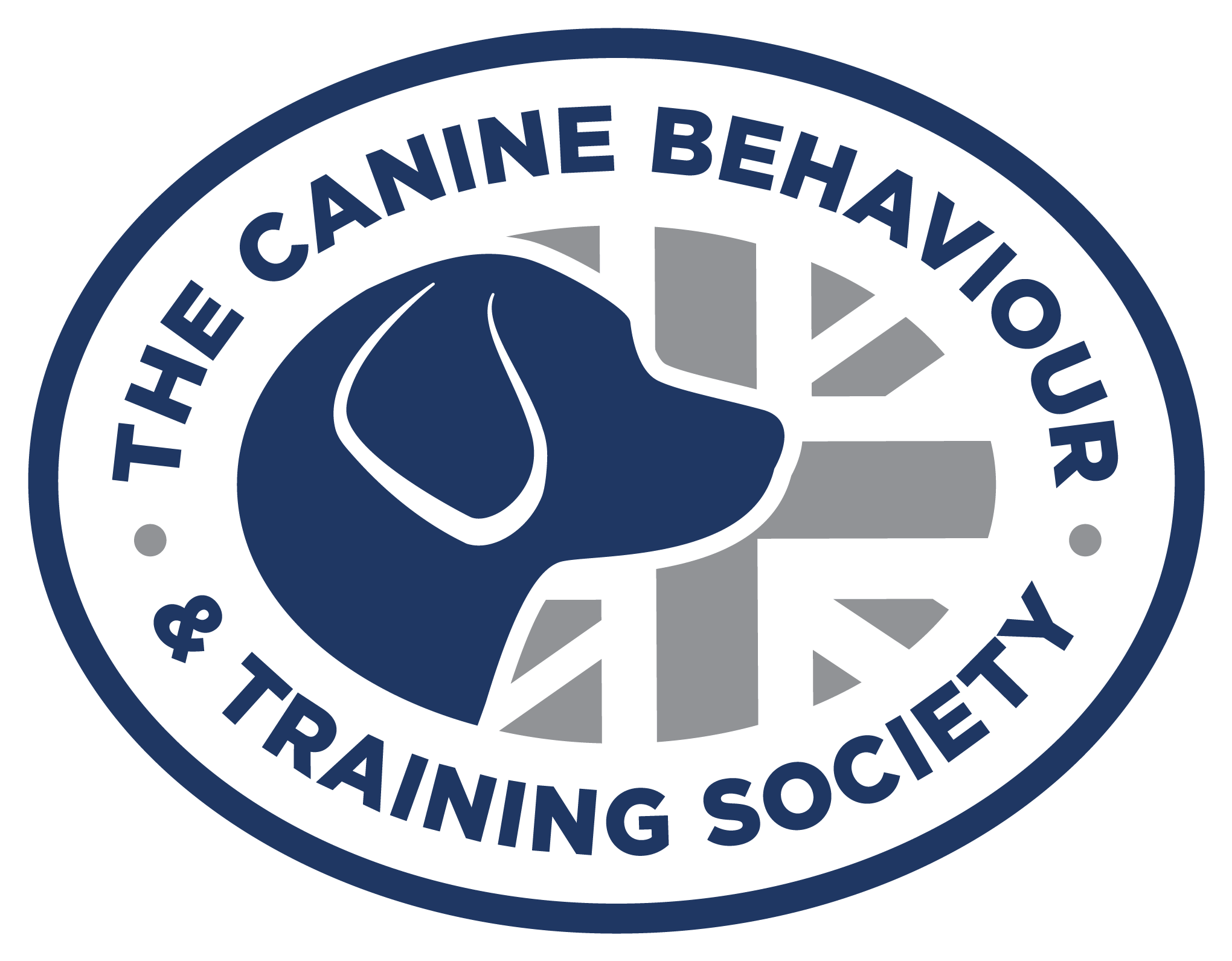
This article is aimed at animal practitioners to help nurture their success in working with their clients, for successful behaviour change.
Animal behaviour plays a crucial role in the lives of pets and their owners. As an animal professional, it is essential to develop effective behaviour change or modification programmes (BMP) that help clients and their pets overcome behavioural challenges. This article aims to provide five valuable tips for creating and delivering a successful BMP. By following these guidelines, animal professionals can enhance their skills and facilitate positive transformations in the lives of both animals and their human companions. For more advice, support and certified CPD, check out my Human Behaviour Change for Animal Professionals course, available from my online Learning Hub.
5 Tips for Animal professionals
Tip 1 – Establish Clear Goals and Objectives
Before initiating any behaviour change or modification programme (BMP), it is vital to establish clear goals and objectives. Define what specific behaviours or issues you aim to address and set achievable targets. For example, if the pet displays aggressive behaviour (such as barking, lunging, showing teeth, growling etc.) towards strangers, the objective might be to reduce the frequency, intensity and duration of the aggressive responses within a specific timeframe, and to enable the dog to better cope upon sight of unfamiliar people at a certain distance/intensity level by the end of (e.g.) twelve months. Along the way, you set milestones or mini-goals with your client, so you can monitor whether the animal’s behaviour modification is tracking in the right direction, and or where the BMP may need to be adjusted. Setting clear goals helps in measuring progress and ensures a focused approach throughout the programme.
Tip 2 – Conduct Comprehensive Assessments
Thorough assessments are crucial for understanding the underlying causes of the pet’s behaviour and tailoring an appropriate behaviour change plan. Assessments should include observations of the pet’s behaviour, gathering information from the owner about the pet’s history as well as other sources (e.g., medical history, day care/dog walkers, groomers, pet sitters, other family members, etc.), utilising online assessment tools such as The Lincoln Sound Sensitivity Scale for Dogs (LSSS) or the Positive and Negative Activation Scale (PANAS) to gather tangible data from the client about their dog, and considering any environmental factors that may contribute to the behaviour (such as time of day, weather conditions, feeding/exercise schedules, what they are eating, quality of rest/sleep and associated patterns, where the pet lives/how regularly the animal is exposed to triggers for high arousal behaviour, what other pets live at home and their behaviour, plus much more…). This holistic approach enables a comprehensive understanding of the problem, leading to the development of an effective intervention strategy.
Tip 3 – Utilise Positive Reinforcement Techniques
Positive reinforcement is a powerful tool and should be utilised in BMPs. Incorporating rewards and praise for desired behaviours encourages pets to repeat those behaviours. Avoid punitive measures (choke/e-collars, spraying, hitting, leash corrections and more); focus on positive reinforcement techniques such as clicker training, food rewards, play, and allowing for natural behaviours to be reinforcers – scenting, tracking, chasing onto appropiate things, and so on. By creating a BMP that encourages clients to reinforce desired behaviours consistently, you can facilitate lasting changes and strengthen the bond between the pet and their owner.
Tip 4 – Encourage Active Client Participation
Successful BMPs involve active client participation. Support your client’s understanding about the principles of animal behaviour whilst avoiding technical jargon, to reduce the likelihood for confusion. Involve them in the training process; provide them with the necessary skills and knowledge to reinforce positive behaviours and discourage negative ones. Encourage open communication, address any concerns, and provide ongoing support via email, video calls, messaging – whatever works best for the individual client and yourself. Active client involvement fosters a collaborative approach and increases the likelihood of long-term success.

Tip 5 – Monitor Progress and Adapt Accordingly
Regular monitoring and assessment of the pet’s progress are essential for adjusting the BMP as needed. Conduct periodic evaluations to track improvements and identify any challenges or setbacks. This is where your goal setting and objectives conducted at the start will help. Adapt the programme by modifying training techniques or strategies to address specific needs; see if you can spot any gaps in the plan. Having regular communication with the client allows for timely adjustments and ensures that the programme remains aligned with the pet’s progress and goals.
If you are interested in learning more about nurturing the client-consultant relationship for successful behaviour change, and have the opportunity to receive certified CPD, then visit my Learning Hub for more.
References:
- Overall, K. (2013). Clinical behavioral medicine for small animals. Elsevier Health Sciences.
- Bradshaw, J. W., & Casey, R. A. (Eds.). (2018). Good practice guide: environmental enrichment for dogs and cats. Universities Federation for Animal Welfare (UFAW).
- Pryor, K. (2002). Don’t shoot the dog!: The new art of teaching and training. Bantam.
- Eatherington, J. S., & Wheaton, C. J. (2018). A systematic review of the use of the clicker training technique in cats. Journal of Feline Medicine and Surgery, 20(5), 413-420.
- Hiby, E. F., Rooney, N. J., & Bradshaw, J. W. (2004). Dog training methods: Their use, effectiveness and interaction with behaviour and welfare. Animal Welfare, 13(1), 63-69.
Learn more about our classes
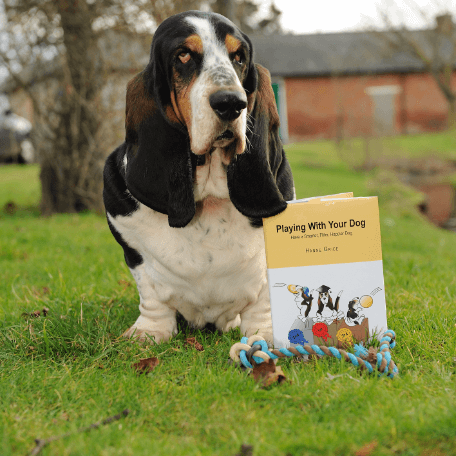
Get Hanne's Book
Playing With Your Dog will help any dog owner work out the games that are best suited for their pet to play throughout his life, from puppyhood to old age. The book also shares some tricks for all ages, group activities, and recommended toys that dogs will enjoy.

